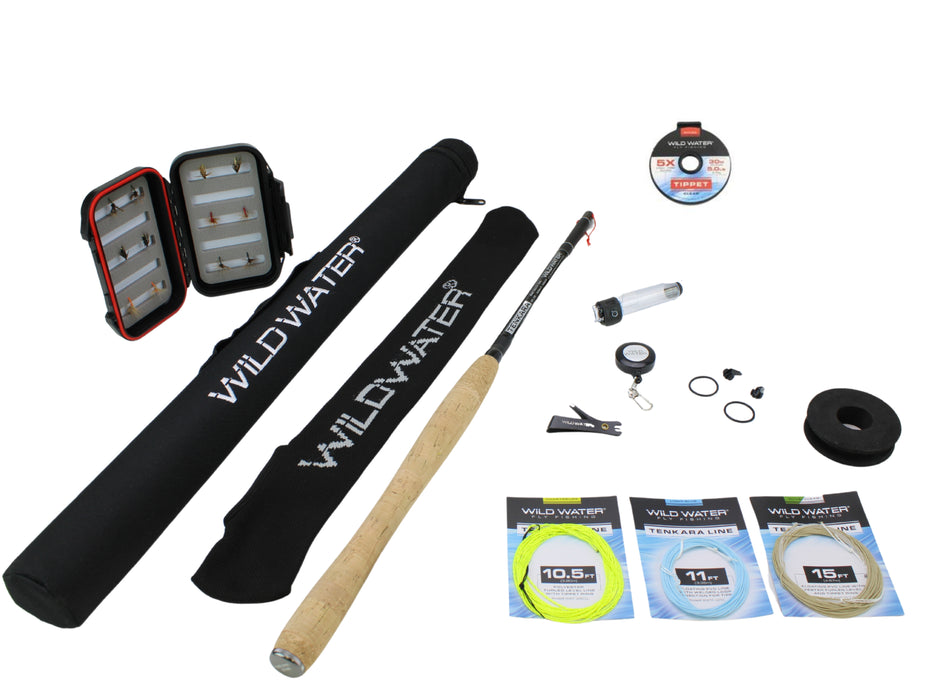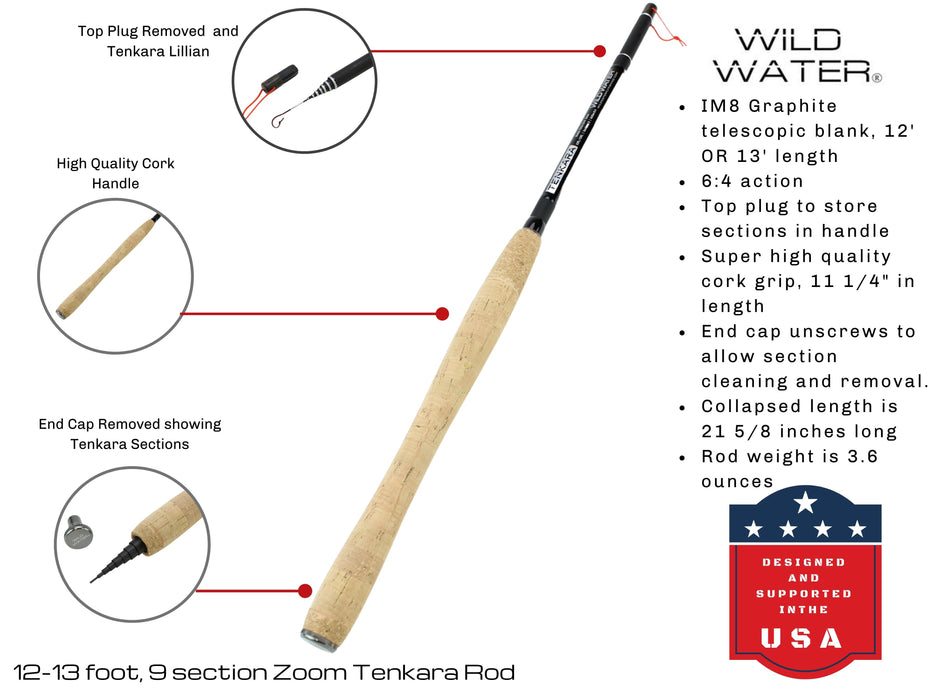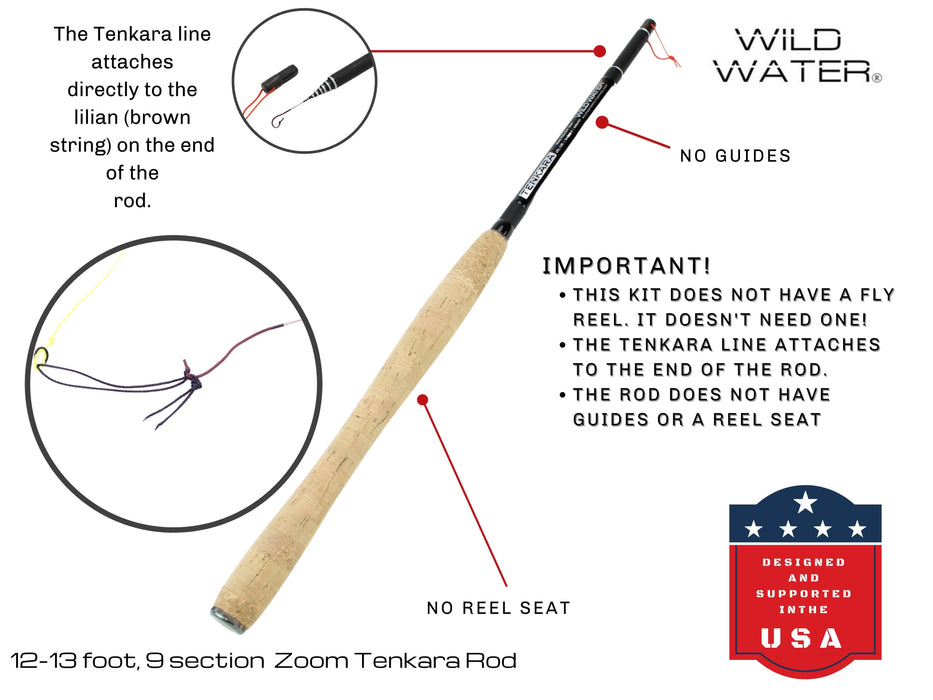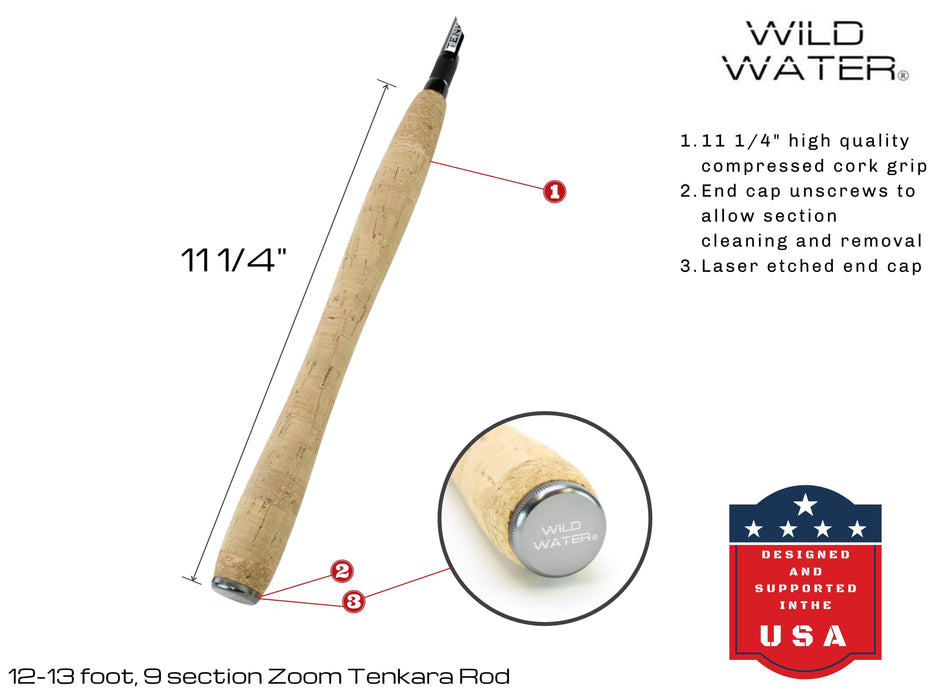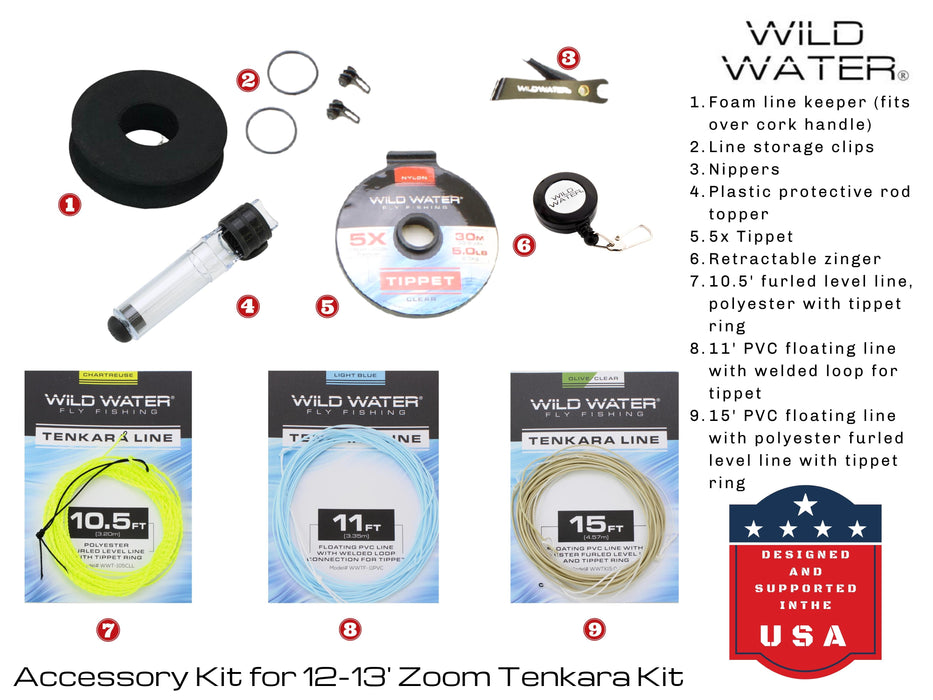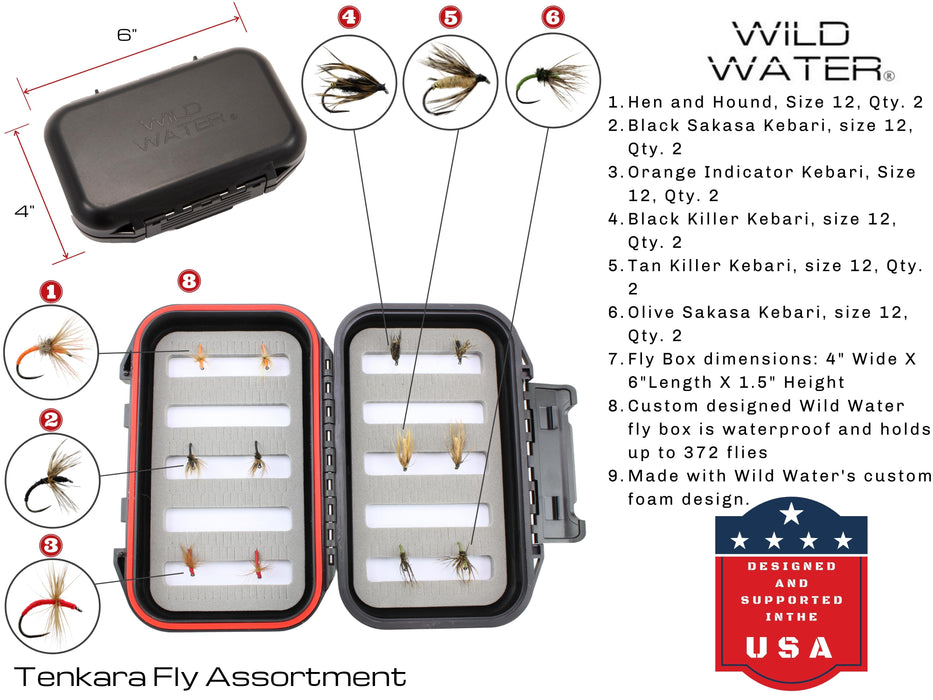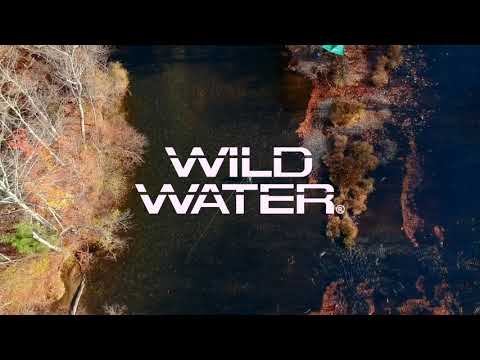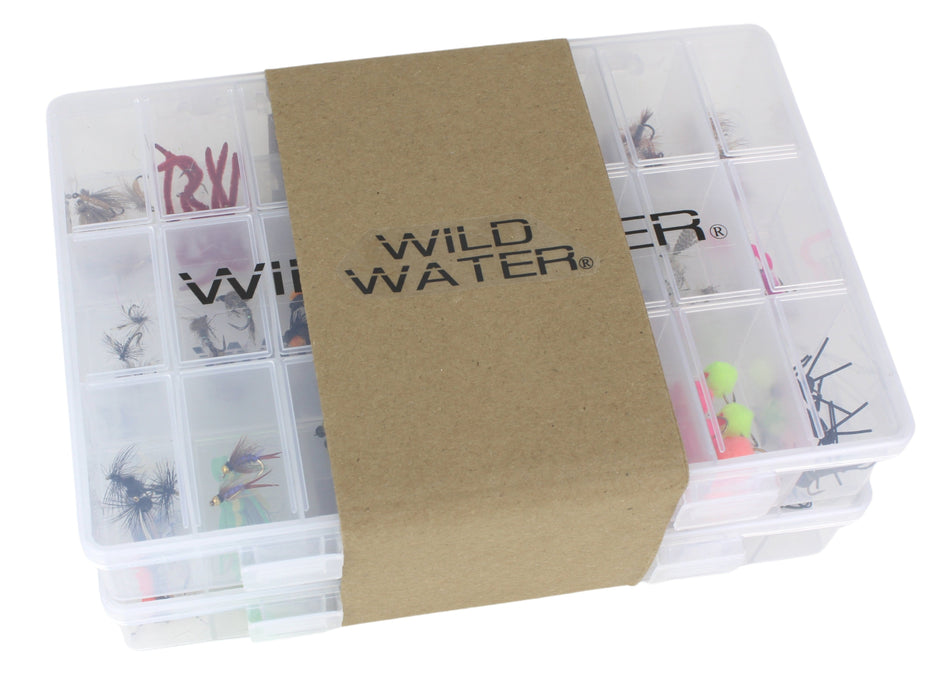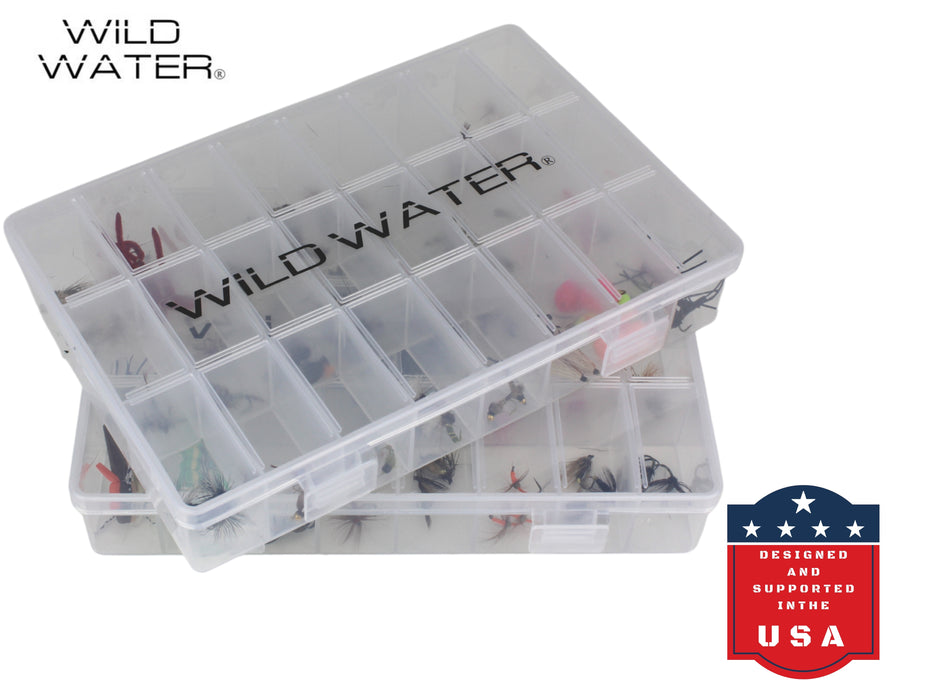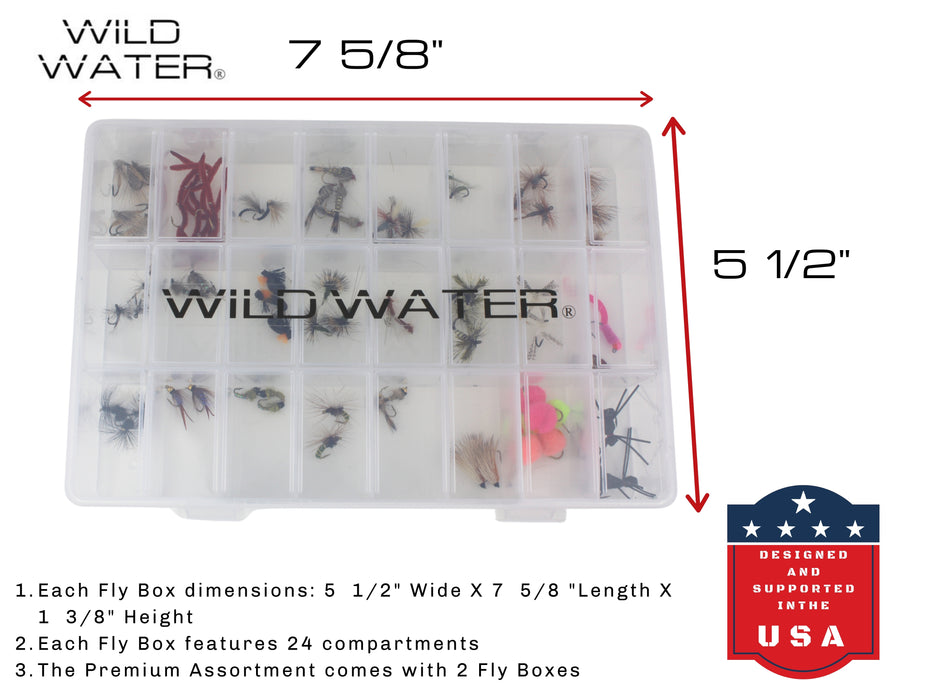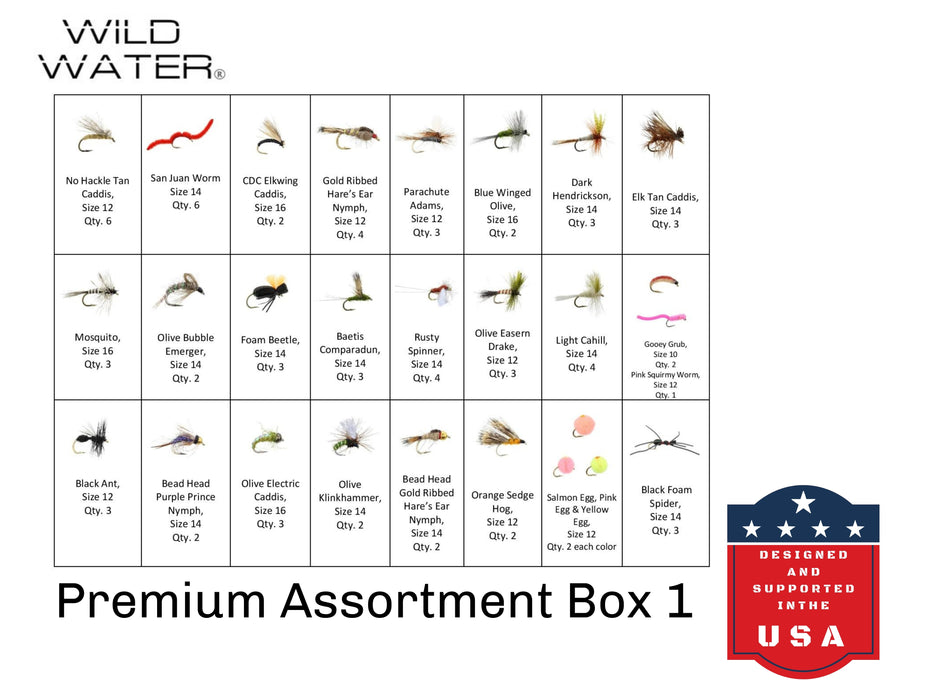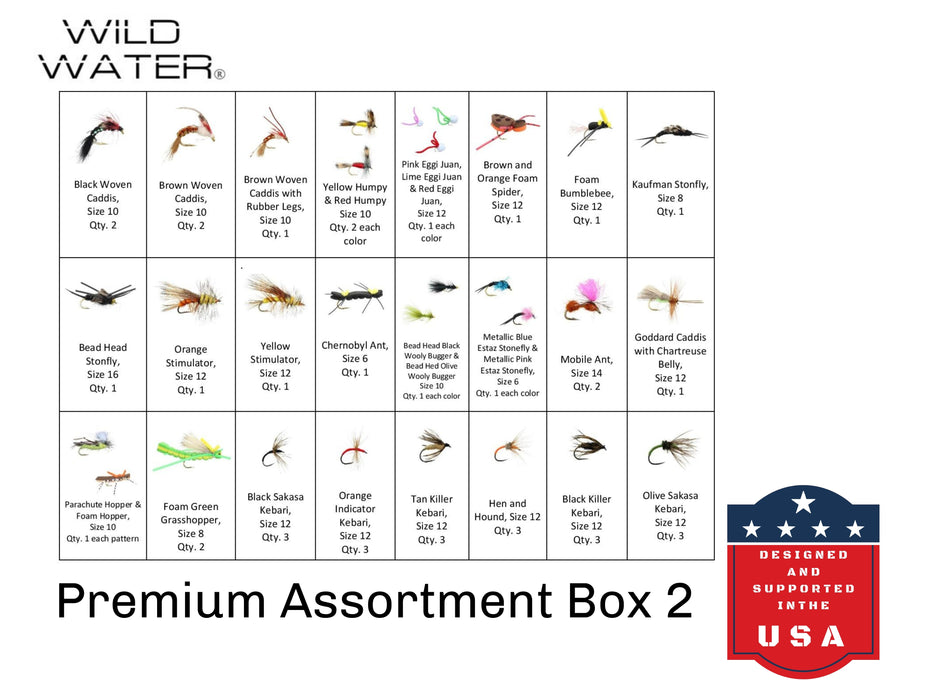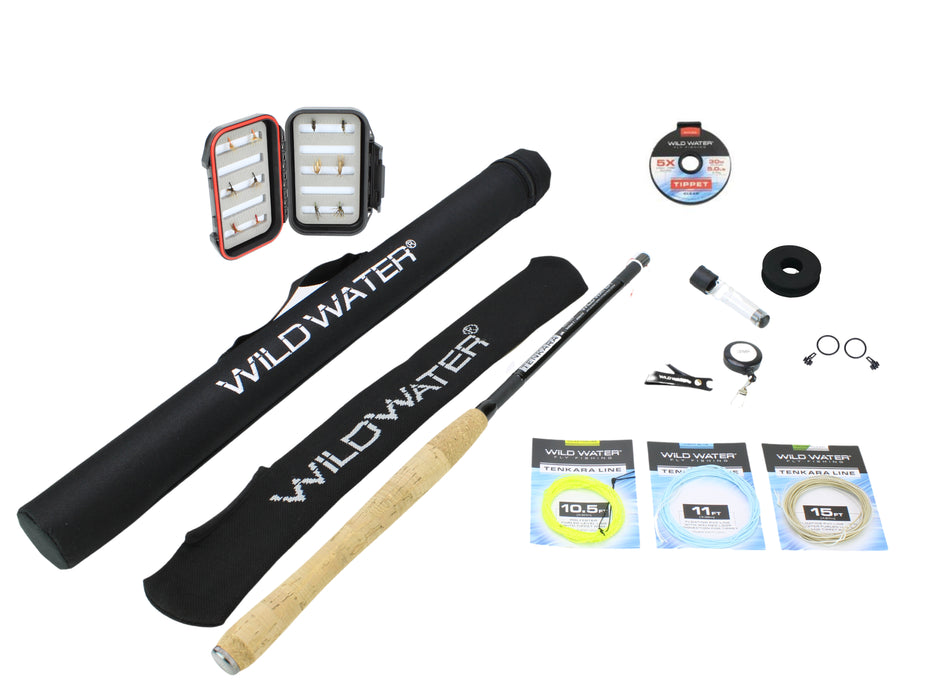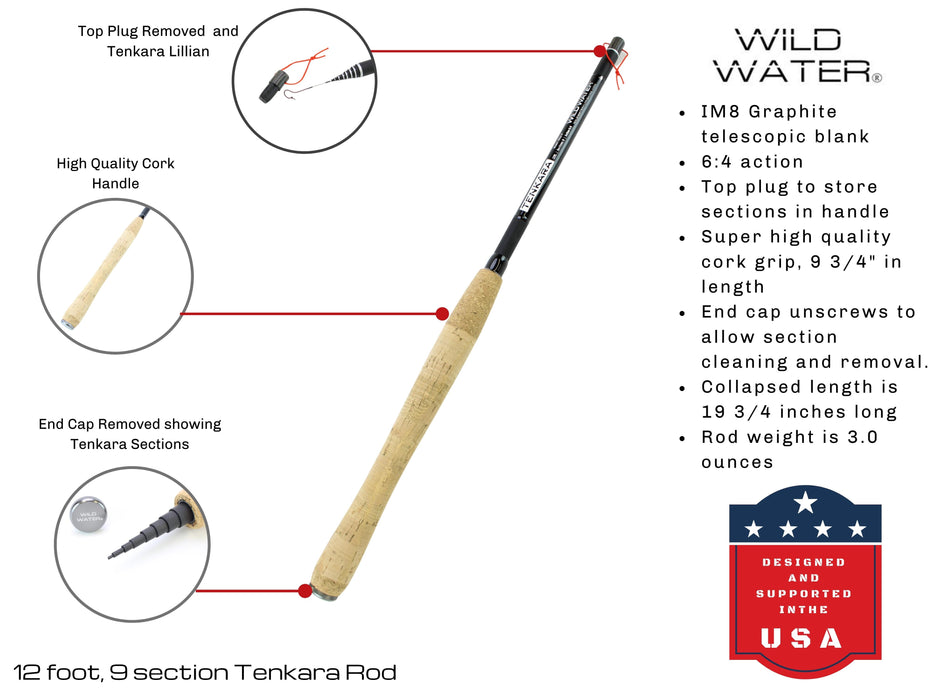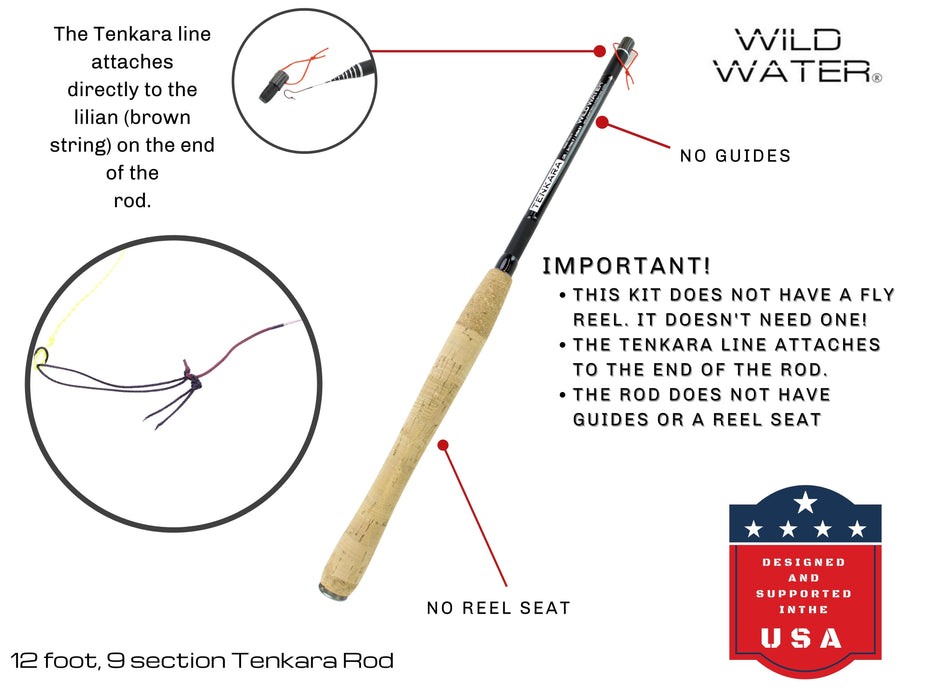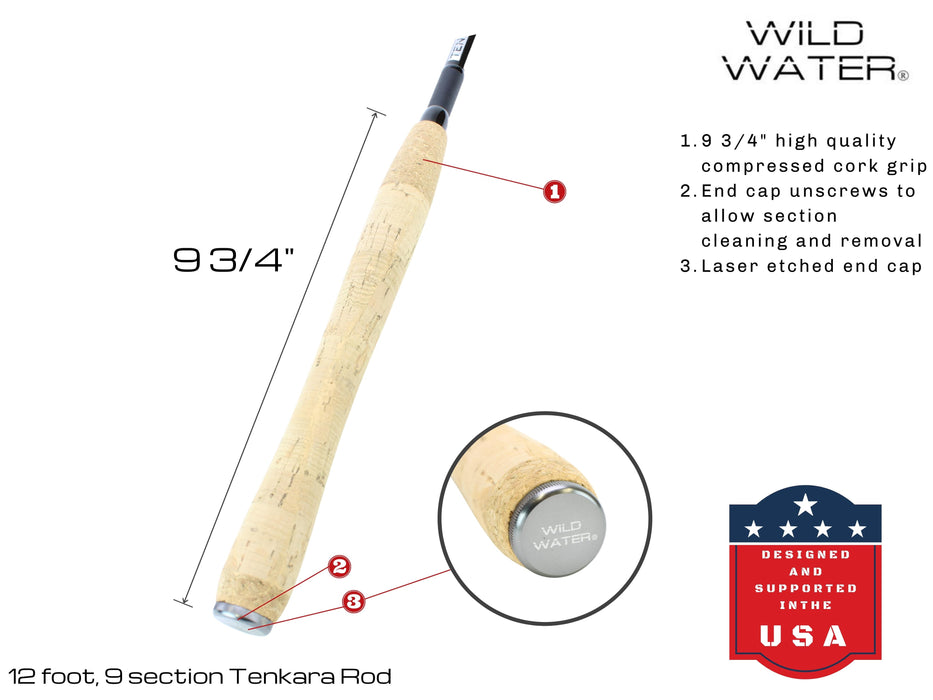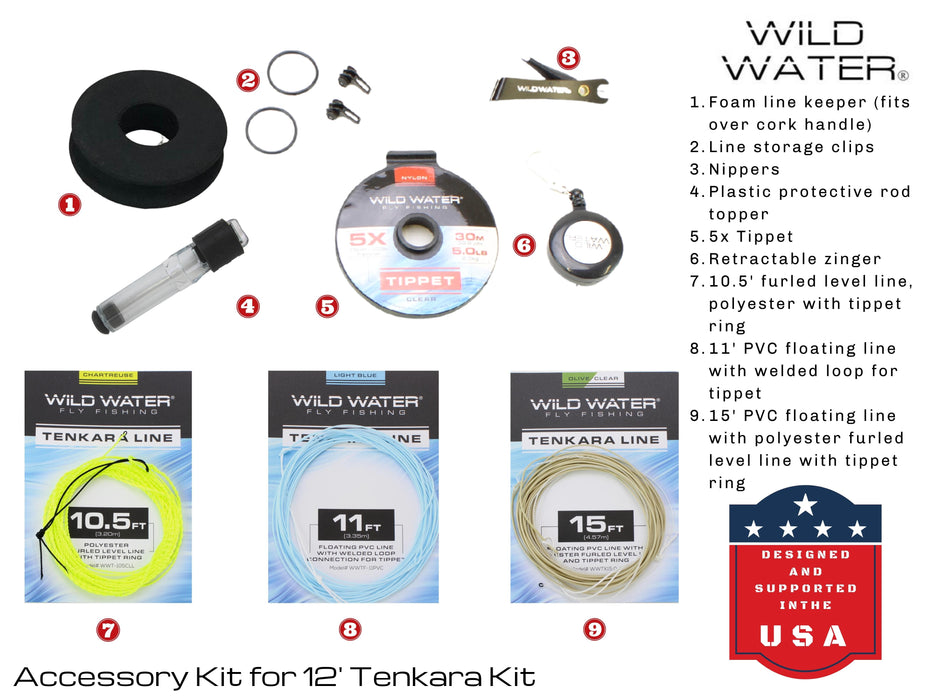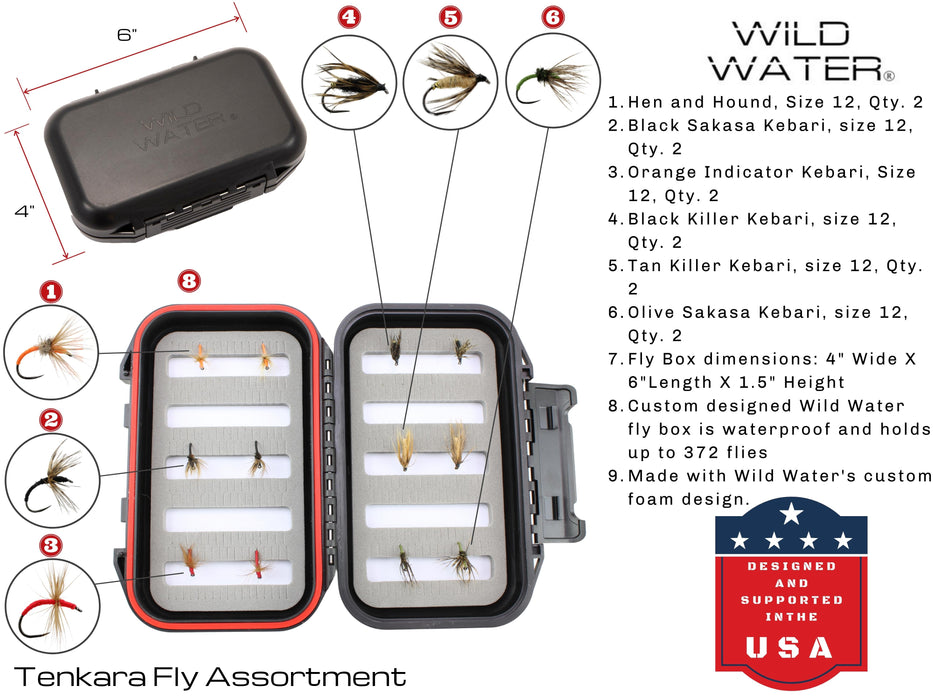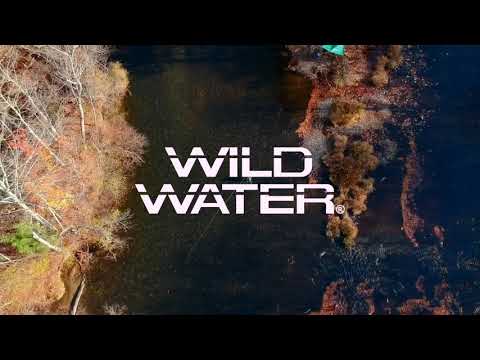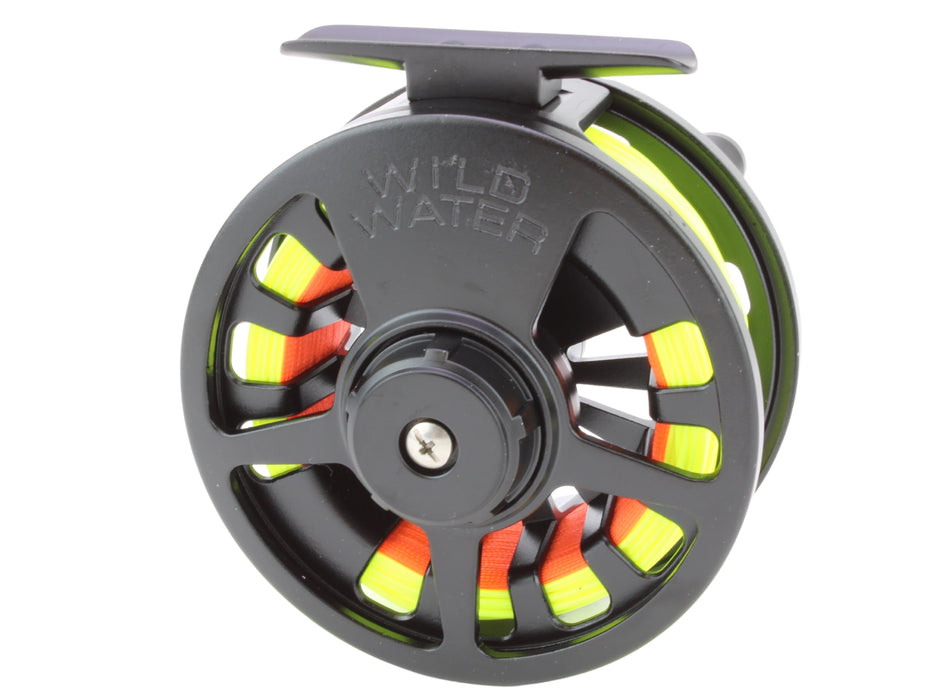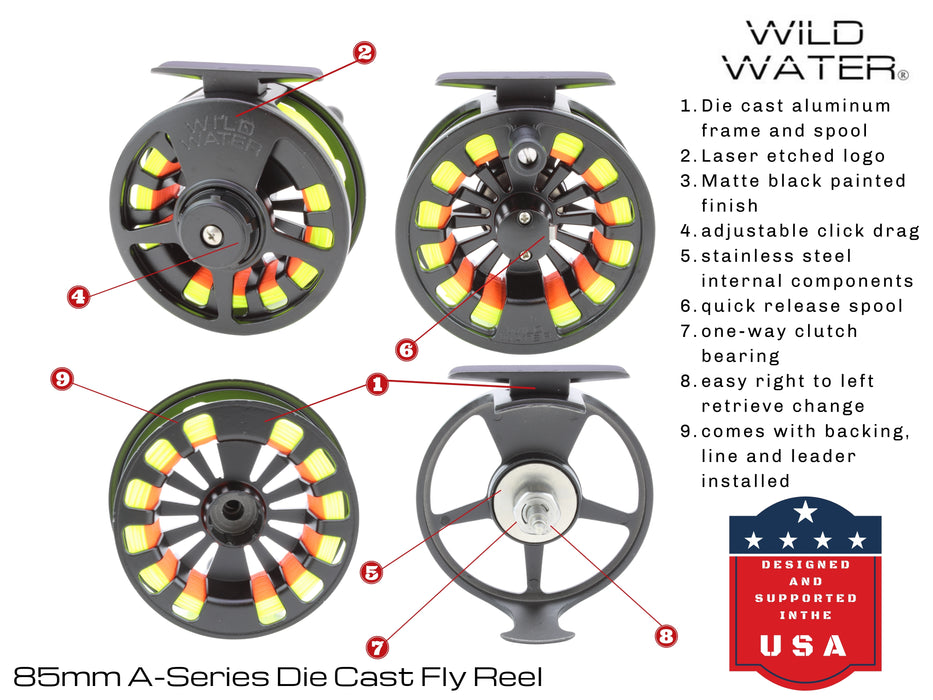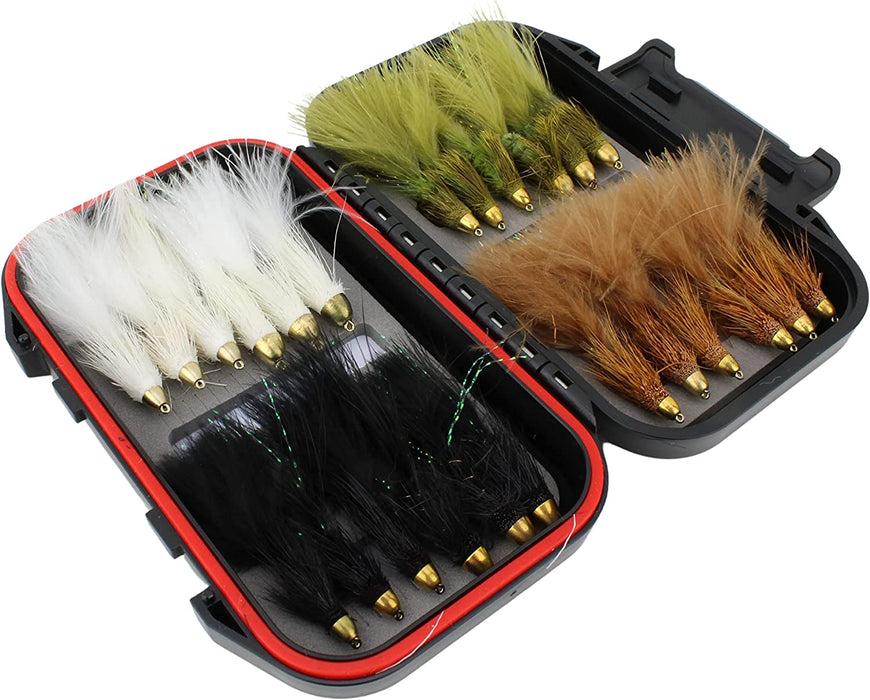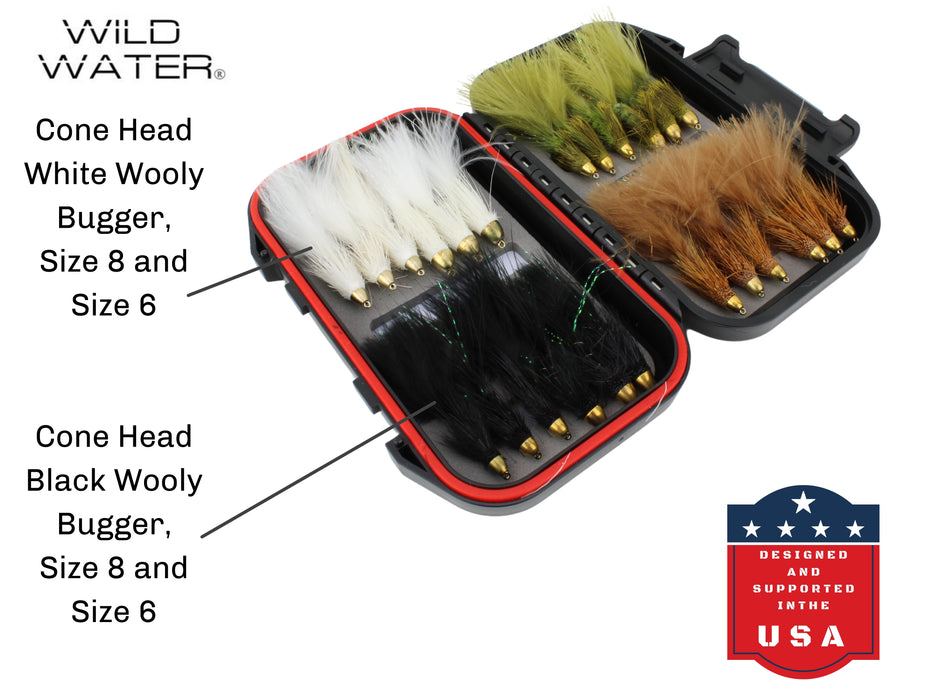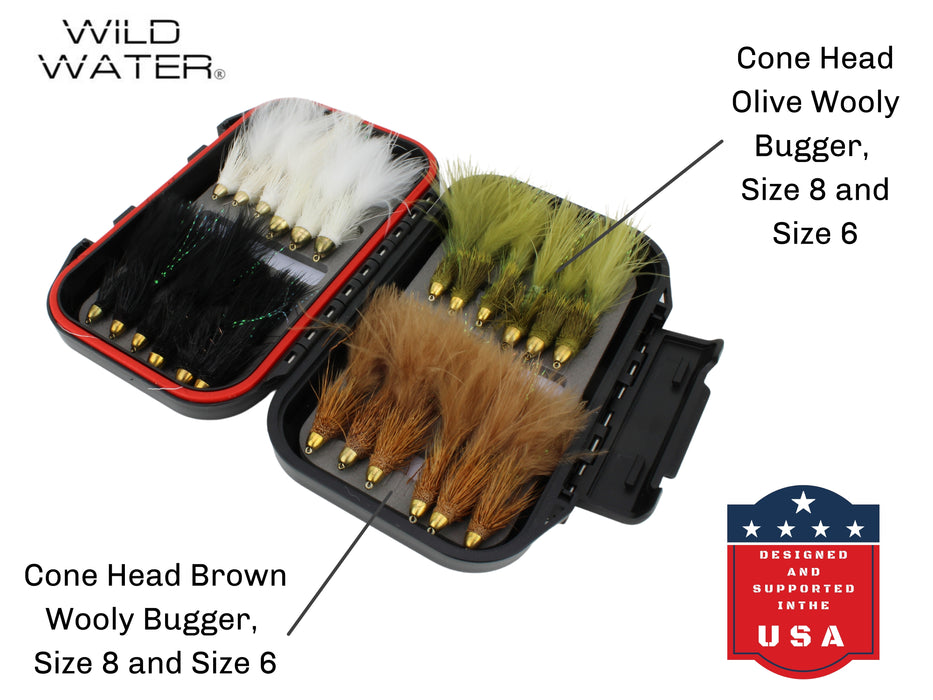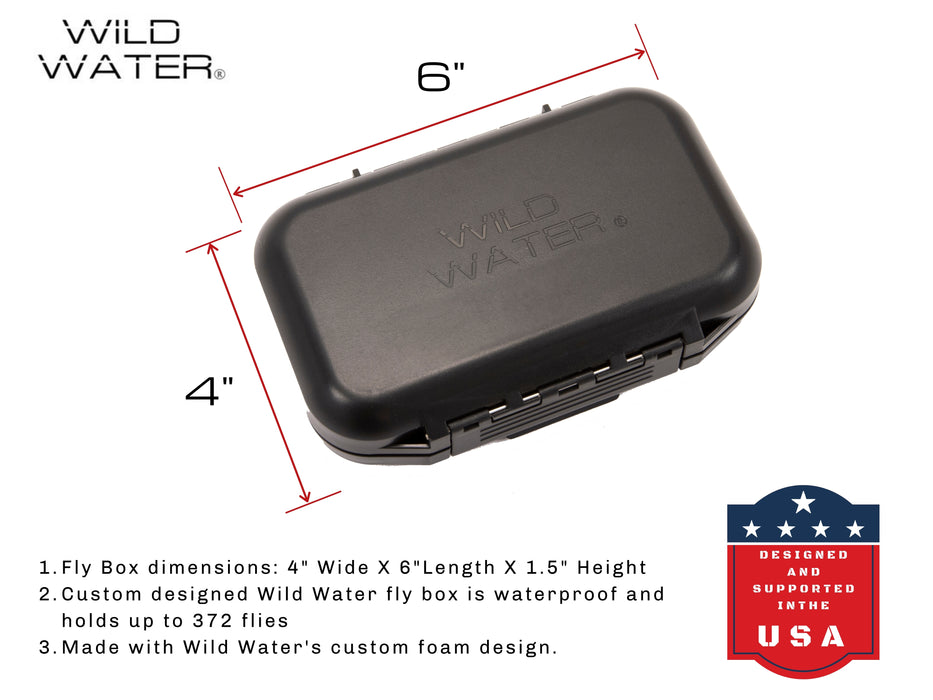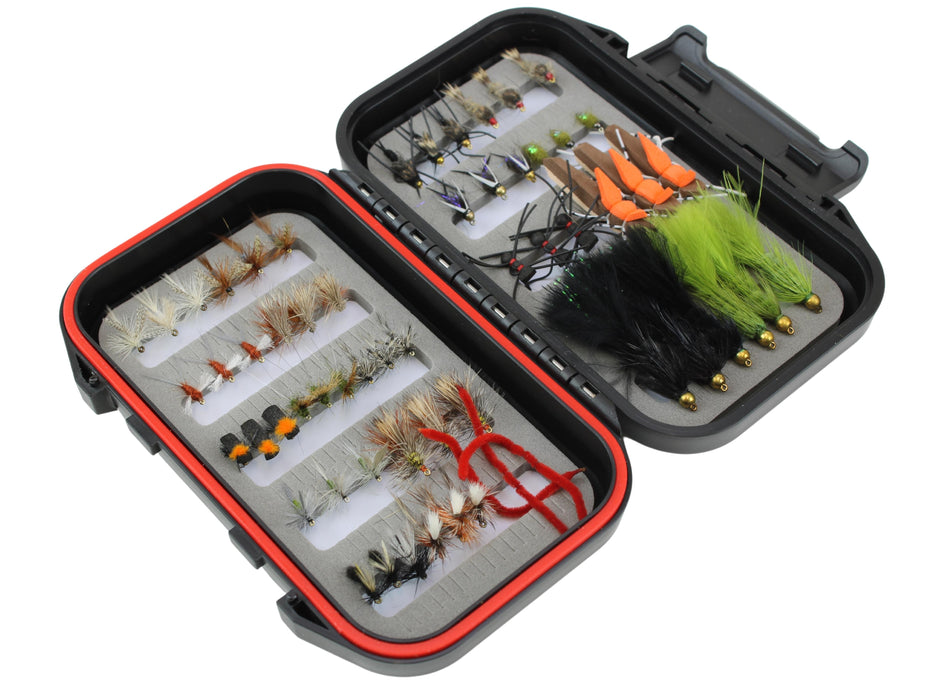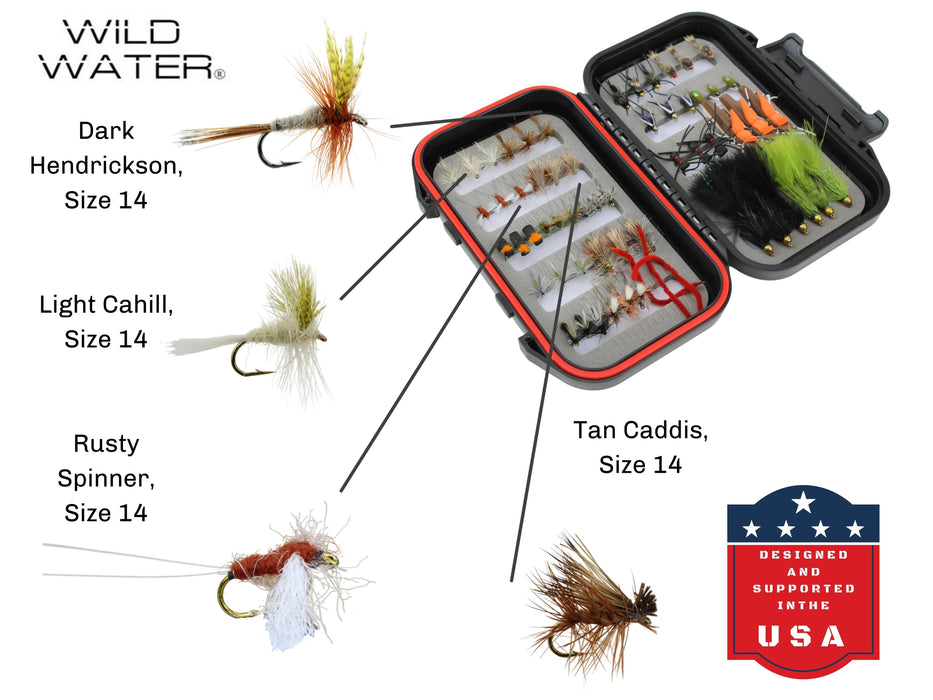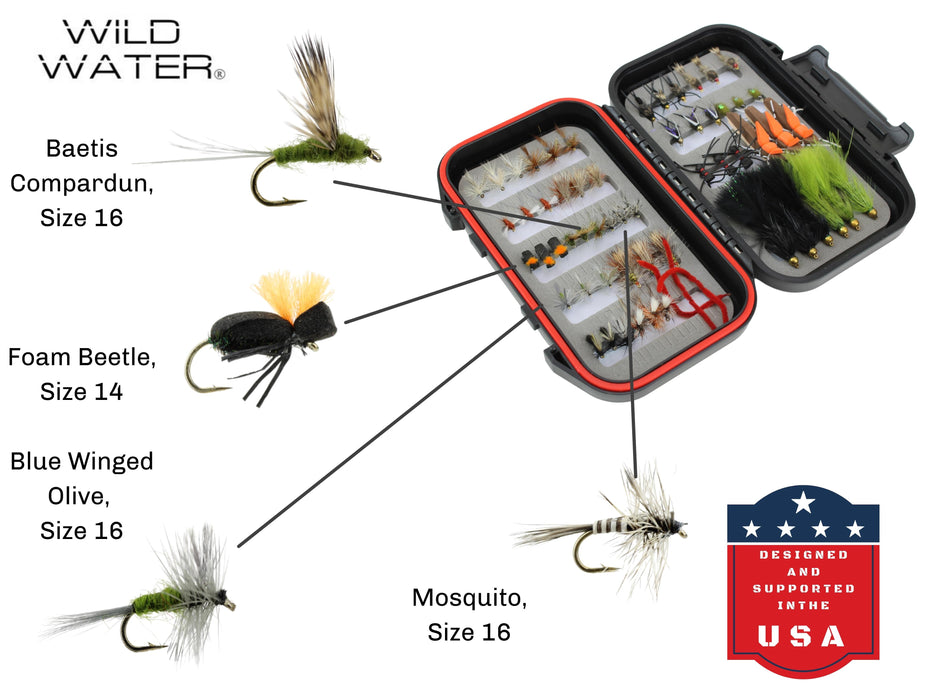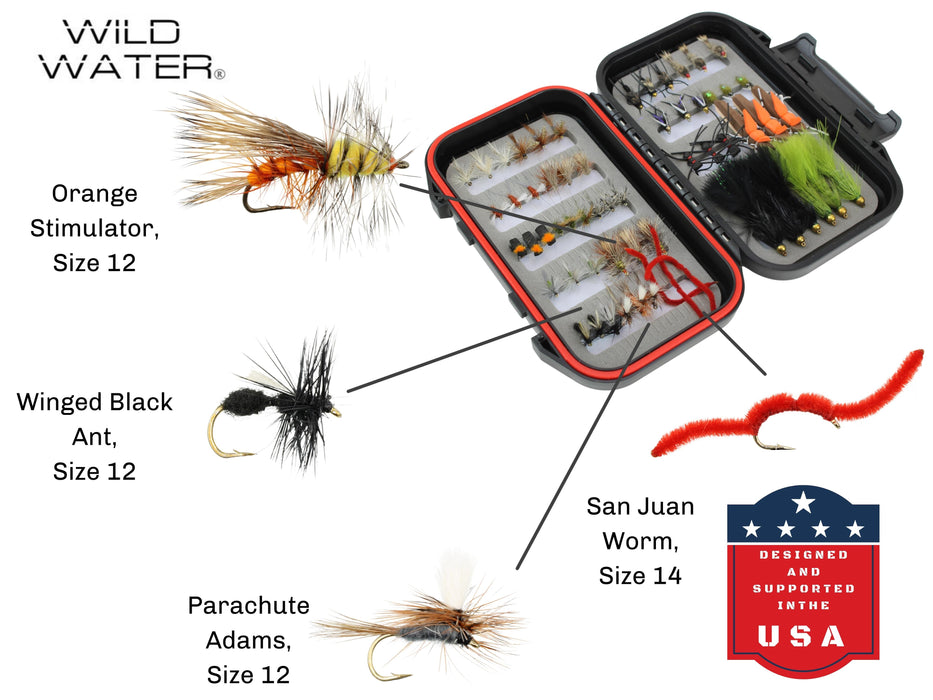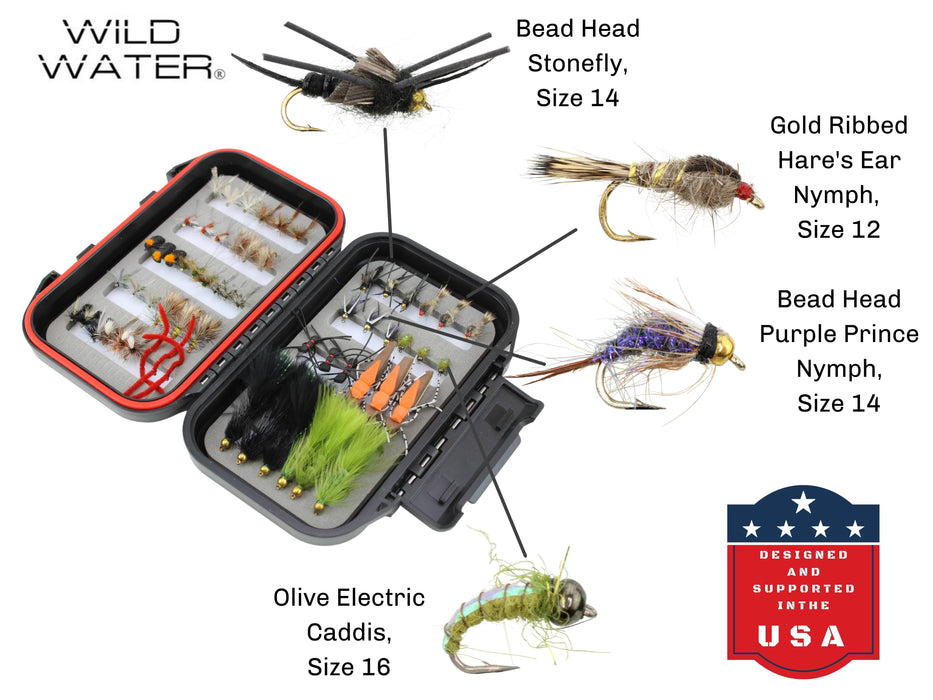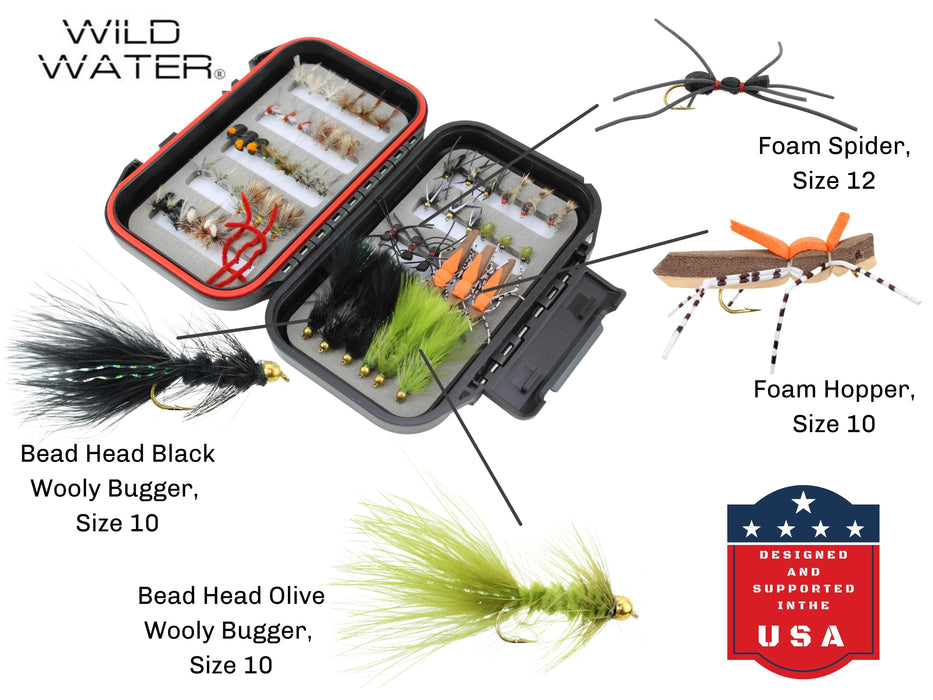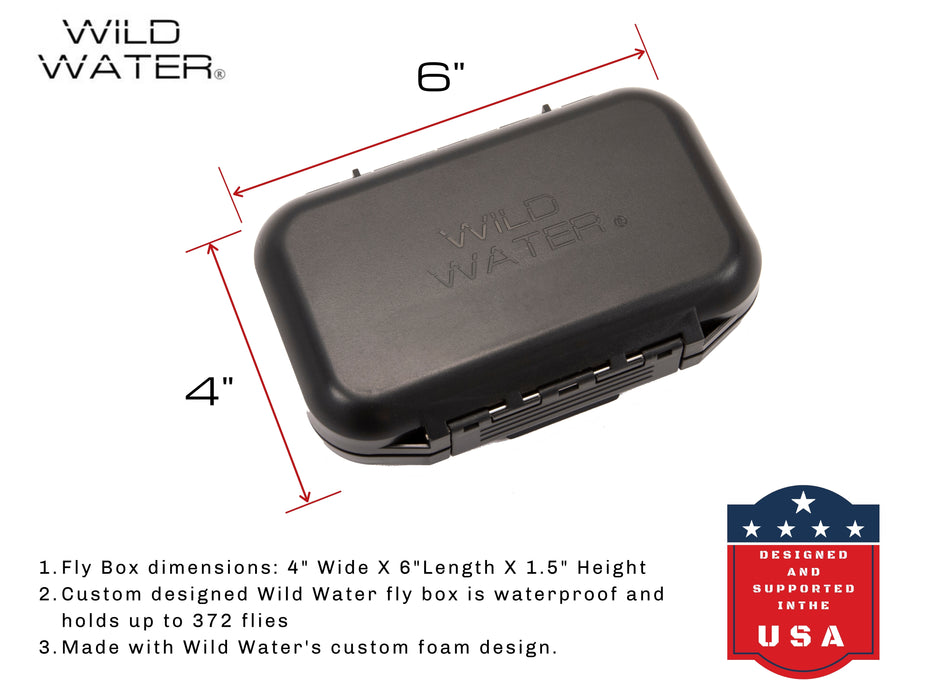Fly Fishing Northern Wyoming's Tongue River: Mountains of Fish
Subhead: A fly fisherman living in the Big Horn Mountains shares an account of the fish, scenery, and (unexpected) wildlife he encountered while out on the river.
As I dropped a cube of sugar into my morning coffee, my sleep-addled brain perceived that the splash made a sound not unlike that of a fish rising to take a fly. I would need the caffeine—not to mention the incentive of reeling in a trout—to make the big decision; where should I fly fish today?
Finding a spot would not be the problem. My childhood home sits half a mile from the border of a national forest in the foothills of Northern Wyoming’s Big Horn mountains, a range replete with alpine lakes, small streams, and wide blue-ribbon rivers. In less than five minutes, I could be placing my fly in front of any number of unsuspecting fish.
But it would be a warm, clear day, a good incentive to travel further up the mountain to the North Fork of the Tongue River, offering some of the state’s most prime fishing. Persuaded that the 90-minute-long journey up the mountain would be worth the rewards, I packed some lunch, threw my gear in the car, and took off.
From the highway, I inspected where the sprawling Great Plains collided with the jutting face of the Big Horns. Within the mountain’s shadow, its sudden presence seems a mystery. Beginning the ascent upwards, however, its history—the result of ancient glacier deposits and ancient volcanic eruptions—is written in the rock formations whose seemingly infinite variations of shape, texture, and color make the towering evergreens seem young by comparison.
Just as the steep grade began to level out, I scanned the side of the pavement for the dirt road leading to one of the North Fork’s more secluded stretches. Poorly maintained, the paths are rough and treacherous, full of deep holes and jutting boulders intent on ripping off a car’s undercarriage. Even in my rugged SUV, a car no stranger to off-roading, I had to crawl the last couple of miles. After what seemed an eternity, I finally arrived at the trailhead, alone except for a single US Forest Service truck whose occupant was nowhere to be seen. It was time to go fishing.
As I reached the water’s edge, I bent down to examine the hatch. Experts frequently do this to match their flies with the kinds of insects the fish will already be looking for. As for myself—not an expert but an enthusiastic amateur—I have no idea why I do it, as I seldom know what I am looking at. This time, as with every other time, I nodded knowingly (although nobody was watching), and proceeded to tie on my best guess: an elk hair caddis with a blue-wing olive nymph.
The basic trick to fly fishing is to be smarter than the fish. This is harder than it sounds. While we may benefit from certain advantages such as opposable thumbs and a prefrontal cortex, the knowledge of experience—in this case on behalf of the fish—should not be discounted. If a fish’s prior attempt at taking a fly resulted in being speared through the mouth, pulled from the water into a dimension they were poorly equipped to comprehend, squeezed, photographed without consent, and unceremoniously tossed back in, you can bet they will be wary to do so again. Thus some strategy is needed on behalf of whoever wields the fly rod.
Selecting a long, slow stretch of water, I tossed my fly in, aiming for the opposite bank where fish might be hiding in some of the deeper pools, positioning myself so that my shadow would not betray my presence. As the fly floated down the water, I mended the line to avoid unnatural drag, keeping my eye on the caddis for any sign of movement. The river draws its source from glacier runoff, resulting in frigid but crystal-clear water, yet I could perceive no fish.
Four casts and one small snag later, I hadn't felt so much as a tug, so I moved on to the next bend. It was time to trade out the caddis for another dry fly. I selected a woolly bugger from my fly box—partly because it was the next best choice and partly because find the name funny—and moved to the next spot.
By now, the long slow stretches were giving way to shorter, quick-moving water, spots anglers often skip. Yet, accustomed to small mountain streams, I had long ago learned that fish may dwell in pools no bigger than the size of a bathtub. I drew my rod back, flicked the tip forward and, the same instant my fly hit the water, I saw the flash.
The Big Horns are full of brown, brook trout, rainbow and, in the higher elevation lakes, even golden trout. Before even looking, I could immediately tell that I had hooked a brookie. While they are rarely the largest trout in the stream, brook trout are my favorite to catch: fierce fighters whose teeth have sliced through my line countless times.
This was not one of those times, and I had him on the shore in short order. Just as quickly, and after a brief apology, I returned him to the river (most of the North Fork is catch-and-release). Upstream, I found more takers, including a beautiful rainbow nearing 20 inches long.
Several trout later, and intoxicated by my lucky streak, I failed to notice that I was no longer alone. As my eyes followed a fly, they drifted upwards into the blank stare of a large bull moose standing 30 feet away. People fear bears and mountain lions, but they are highly intelligent and possess a sense of self-preservation. Moose, by contrast, are both mean and stupid, a combination that makes them uniquely dangerous.
Fortunately for the moose (and probably for me), I recognized that I was on his turf, and backed away slowly. Occupied by a nearby patch of grass, he made no objection. The spell cast by the river had been broken, and a wave of fatigue suddenly washed over me. It had been a good day, and it was time to go home.
